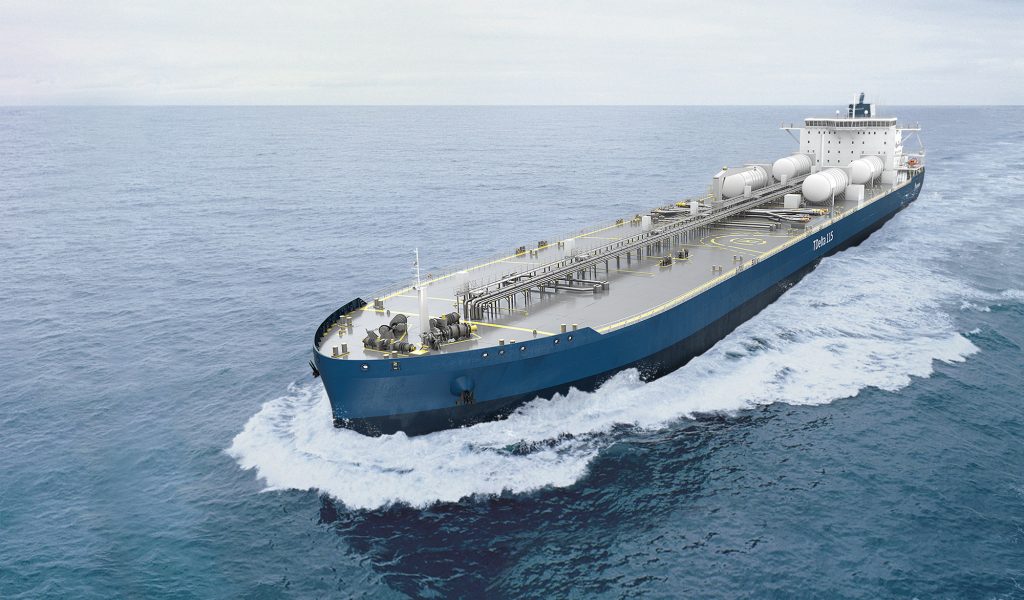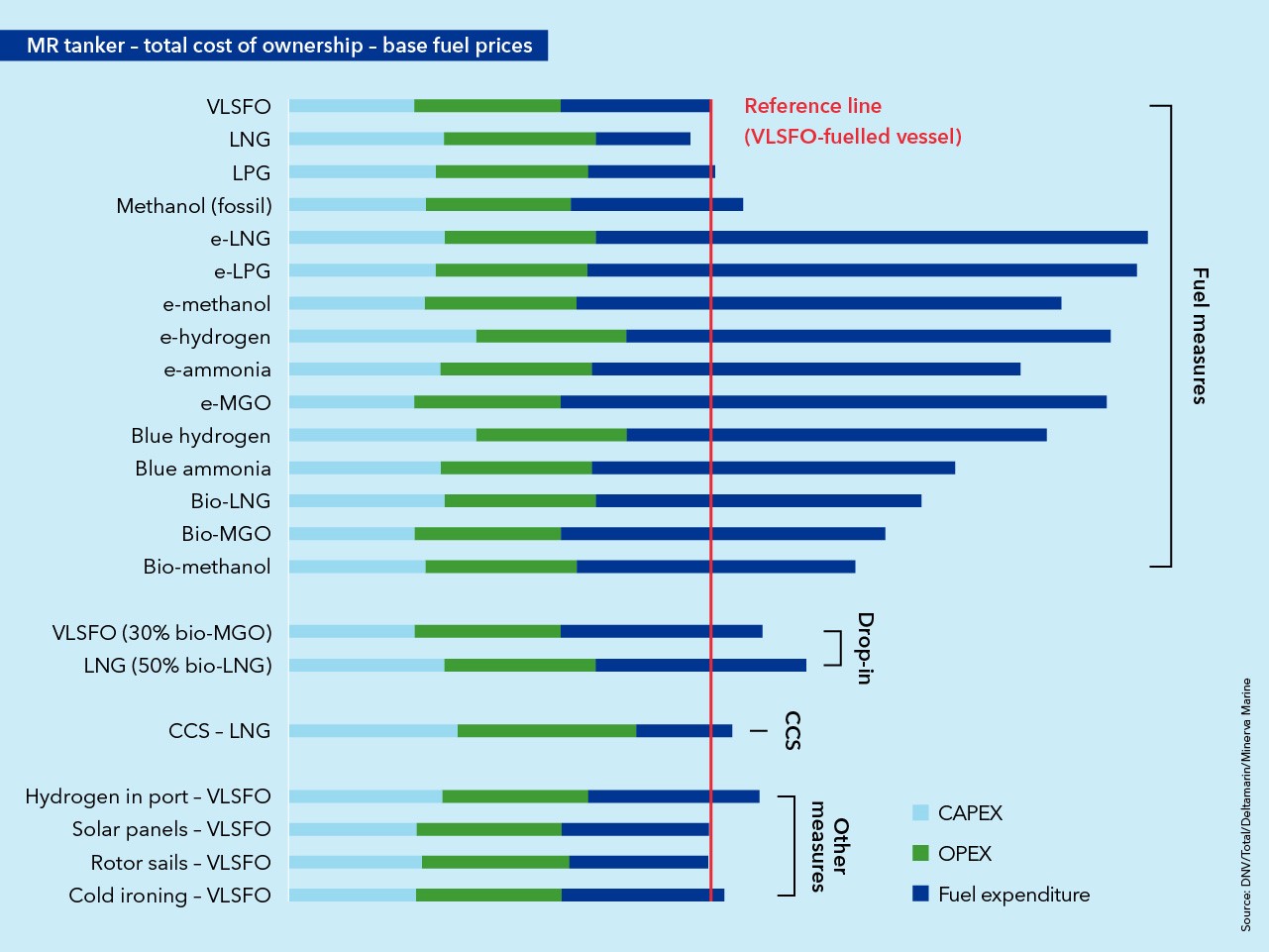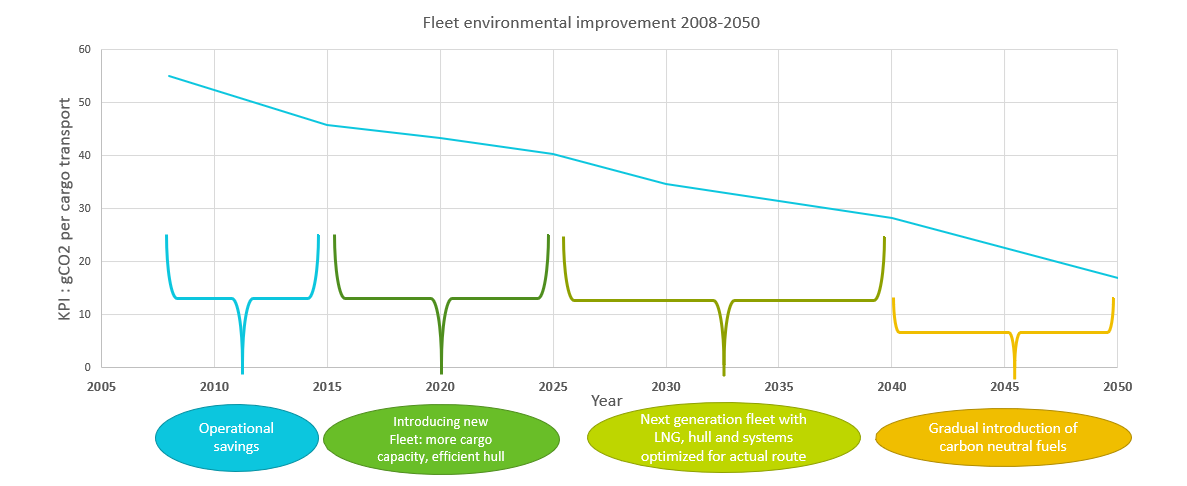The low carbon story – part one

What are my options?
We have recently been working with several development projects, but also with many actual commercial projects, which are aiming for zero or very low carbon operation in future years. I recently said in an article in Motorship, “it’s exciting to be an engineer today”. Indeed, all those years working for energy saving and emission reductions in a small team and finding ways to include the necessary analysis in our commercial products because it’s the right thing to do… well, now all those analysis methods are being put to work in all our projects. And those technologies that could not make it to projects due to demand for pay-back time in 2-3 years suddenly become feasible if we expect that the cost of carbon-neutral or low-carbon shipping will be high, as we calculated with DNV and partners in our latest joint industry project.

So yes, it’s great to be an engineer today! I was thinking of fast-tracking some ideas and things that I have learned during the past 1-2 years in the field of low-carbon shipping. So, read this if you are interested in reducing the carbon footprint of ships! This blog series on low carbon story will also be a small part of a new upcoming Elsevier book Sustainable Energy Systems on Ships, which will provide holistic views on modern energy-efficient technologies and design methods in shipping.
Zero-carbon or carbon-neutral?
When aiming for an extremely environmentally efficient ship, the options are numerous and there are many choices to be made regarding the ship’s main engines and fuel. The first step in the process, as in regular energy efficiency projects, is to define the goal for the project…

Technical steps to take
With or without a larger total fleet assessment, major improvements in carbon intensity are always realised as projects, retrofits or newbuilds. No matter how well specified the methods for decarbonisation are for technologies or fuel choices, there is usually one common denominator. For a commercial operator, overall business must be healthy for all future vessels, so future-proofing of the fleet by performing various analyses on the possible scenarios is a useful method in the process.
Shipping decarbonisation can be technically divided into three categories: operational optimisation, design and equipment optimisation and low-carbon fuel alternatives. From my perspective, all of these should be considered simultaneously for a successful project, both in the case of newbuilding and retrofitting, at least, if the aim is for cost-efficient decarbonising of the ship. In practical design work, we use a specialised cost-benefit analysis in the process of helping ship owners or operators to find the most profitable solutions to increasing ship sustainability. The key elements in the cost-benefit analysis are system level energy simulation work combined with cost modelling.
The process begins by setting out the project goals regarding the ship’s level of sustainability or decarbonisation and reviewing the most probable elements that can be considered in the process. For instance, if the expectation is that the ship will have in place the infrastructure for a specific fuel such as sustainably produced ammonia in the future, such as in the latest project by Höegh Autoliners, this represents one of the key alternatives requiring analysis. It is crucial to recognise the components in the design that should be included in the design process from the start and which are items that can be retrofitted at a later stage. Significant elements in ship design that influence ship layout and costs, such as the main machinery, are the focus of the work, but it is important also to consider the essential ship auxiliaries, such as heating systems, energy storages and similar.
Finally
Shipping de-carbonisation is a huge challenge, which requires ship operators to have a strategic process in place that combines awareness of current and potential upcoming legislation, market situation (in this context especially for the fuels available) and fleet technical performance. A ship designer can help in getting the most out of the current fleet and upgrading it cost-efficiently to the level of sustainability required. Getting this done requires a deep understanding of the customer’s business, then we can focus on finding the right technical solutions. I’d be glad to be challenged on my approach and discuss the real opportunities, problems and actual solutions related to a specific case. If this blog has not yet done the trick, wait for the next ones!
My colleague Jarkko already gave an example of cost-modelling supporting the development of new fleet and I will continue with the technical approach in my next two blogs. First, I’ll present a zero-emission ship design, including a zero-carbon fuel. After that I’ll discuss the energy efficient design in a newbuild project, which is always the fundamental building block of any ultra-low-carbon ship.
While you are here, have a look at our previously published blogs as well.
For more information, please contact
